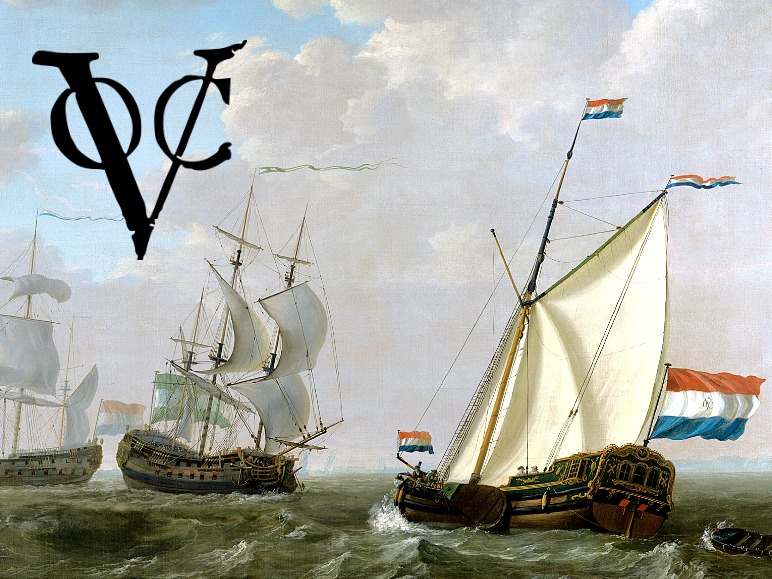The people of Holland (present Netherlands) are called the Dutch. Next to the Portuguese, the Dutch set their feet in India. Historically the Dutch have been experts in sea trade. In 1602, the United East India Company (Dutch East India Company) of the Netherlands was formed and permitted by the Dutch government to trade in the East Indies including India.
Rise of the Dutch
The Dutch founded their first factory in Masulipattnam in Andhra Pradesh in 1605. Subsequently, they also established trading centers in various parts of India. Dutch Suratte and Dutch Bengal were established in 1616 AD and 1627 AD respectively. The Dutch conquered Ceylon from the Portuguese in 1656 AD.

They also took the Portuguese forts on the Malabar Coast in 1671 AD. The Dutch gradually became a potent force capturing Nagapatam near Madras (Chennai) from the Portuguese thereby establishing their foothold in South India. In economic terms, they earned huge profits through business monopolizing in black pepper and spices. The major Indian commodities traded by the Dutch were cotton, indigo, silk, rice, and opium.

Dutch Coinage
The Dutch, during their stay in India, tried their hands on the minting of coinages. As their trade flourished they established mints at Cochin, Masulipattam, Nagapatam Pondicherry, and Pulicat. Even more, a Gold pagoda with an image of Lord Venkateswara, (god Vishnu) was issued at Pulicat mint. The coins issued by the Dutch were all modeled on the local coinages.
The decline of Dutch Power
Dutch presence on the Indian subcontinent lasted from 1605 AD to 1825 AD. The rise of the British power in the Eastern trade posed a serious challenge to the commercial interest of the Dutch leading to bloody warfare between them in which the British were the clear winners owing to huge resources at their disposal. The brutal killing of some English traders by the Dutch in Amboyna in 1623 further aggravated the situation. The British one after another captured Dutch strongholds.
Rout of Dutch power in the Malabar region
Amidst the saga of Dutch -Anglo -rivalry Travancore king Marthanda Varma gave a fatal blow to the Dutch East India Company in the battle of Colachel in 1741 AD leading to the complete route of Dutch power in the Malabar region.
Treaties and Compromise with the British
Although the Anglo-Dutch Treaty was signed in 1814 AD which facilitated the restoration of Dutch Coromandel and Dutch Bengal to Dutch rule they again were returned to the British regime as per the clause and the provisions of the Anglo-Dutch Treaty of 1824 AD which made it binding on the Dutch to ensure all transfers of property and establishments till March 1, 1825 AD. By the middle of 1825 AD, therefore, the Dutch had forfeited all trading posts in India.
In the ensuing compromise, the obvious happened. Both the parties came to a compromise in 1667 AD by which the British, based on the giving and take formula, agreed to completely withdraw from Indonesia for the Dutch who, in return, retired from India to trade in Indonesia.

